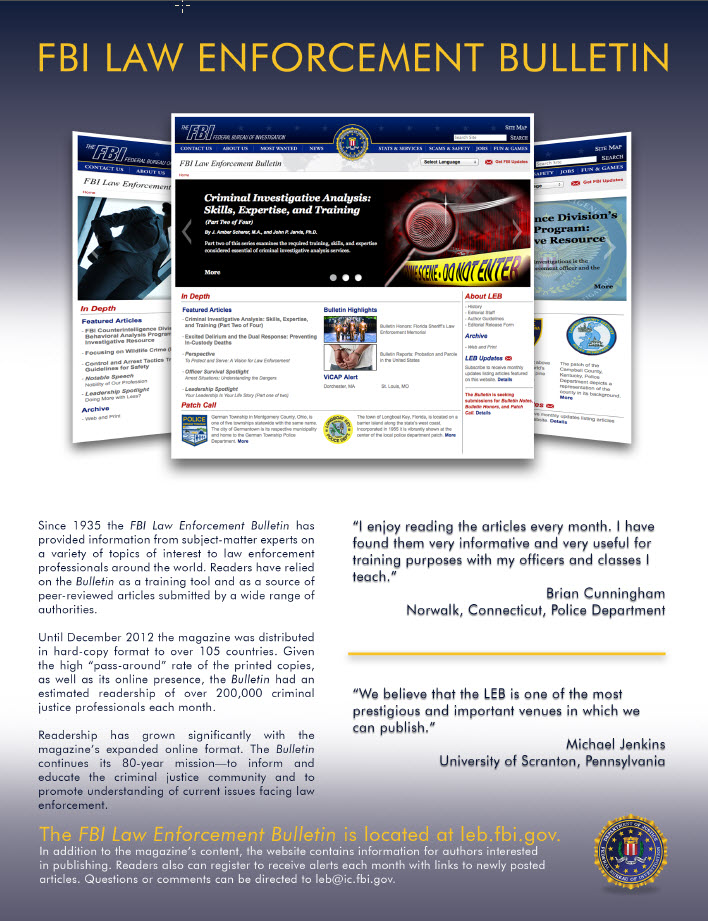Apes often make weird sounds when they’re tickled, and some researchers now say these pants and hoots truly are related to human laughter.
That’s the conclusion of a new study in the journal Current Biology that analyzed the “tickle-induced vocalizations” of infant and juvenile apes as well as human infants.
 Brian Ahearn, CMCT® Chief Influence Officer influencePEOPLE Helping You Learn to Hear “Yes”.
Brian Ahearn, CMCT® Chief Influence Officer influencePEOPLE Helping You Learn to Hear “Yes”.  Humintell is proud to be frequent contributors to the nation’s premier law enforcement publication, the FBI Law Enforcement Bulletin.
Humintell is proud to be frequent contributors to the nation’s premier law enforcement publication, the FBI Law Enforcement Bulletin.